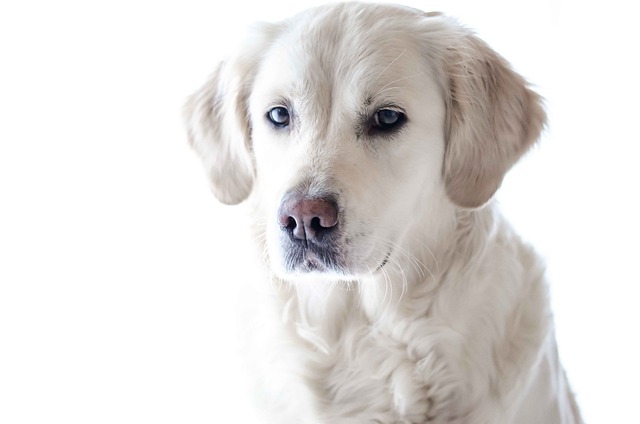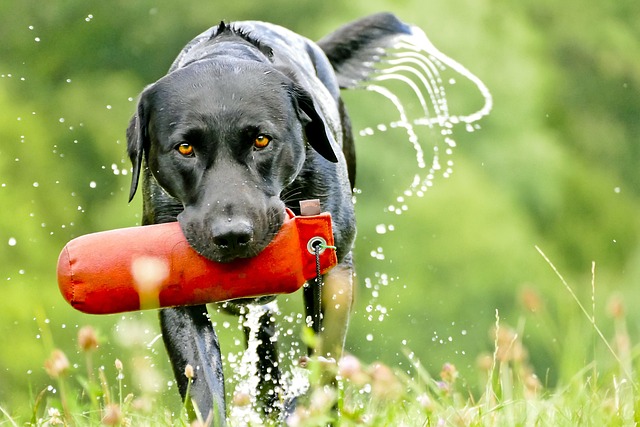
How to crate train a dog with separation anxiety?
Many new dog owners notice the same pattern: grabbing your keys triggers whimpers, paws scratch at the door, and suddenly your pup is in full panic mode.
During every family dinner, does your dog's eager look, staring at the dinner table with drooling mouth, make you feel both pity and helplessness? Those longing eyes seem to be telling their yearning for the delicious food on the table. However, allowing the dog to linger around the table not only affects the dining atmosphere but may also lead to the formation of bad habits in them, and they may even accidentally eat food that is harmful to them. Therefore, "how to train a dog to stay away from the dinner table" has become a pressing problem for many pet owners.
A dog's interest in the dinner table is actually an instinct. The aroma of food emitted when humans dine is extremely attractive to dogs with a keen sense of smell. During the process of evolution, they have learned to obtain food resources by observing human behavior. When we sit at the dinner table, passing delicious food around amidst laughter and conversation, dogs will naturally be drawn in, hoping to get a share. But this doesn't mean we should indulge this behavior of theirs. For the health of the dog and the cultivation of good behavior habits, we must adopt scientific training methods.
The first step in training is to establish clear rules. Dogs need to clearly know which behaviors are allowed and which are not acceptable. When you start to have a meal, make sure the dog stays in a specific area, such as its doghouse or a corner of the living room. At first, the dog may not understand and try to approach the table. At this time, don't make eye contact with it, and don't use your hands to drive it away, because this may make it think you are interacting with it, thus reinforcing its behavior of approaching the table. You just need to use a calm and firm tone to give a short and clear instruction, such as "Go over there", and then guide it back to the designated area. If the dog follows the instruction, immediately give it a reward. It can be a small piece of its favorite snack, or gentle strokes and praise, so that it understands that following the instruction will bring benefits.
 In order to help the dog better adapt to this rule, we can conduct simulated training. During non-dining hours, set the table as usual, sit down as if having a meal, and then let the dog out. When it approaches the table, repeat the previous instruction, guide it back to the designated area, and give it a reward when it does so. Through multiple such simulated trainings, the dog will gradually form a conditioned reflex and know that it should stay in a specific place when the table is in use.
In order to help the dog better adapt to this rule, we can conduct simulated training. During non-dining hours, set the table as usual, sit down as if having a meal, and then let the dog out. When it approaches the table, repeat the previous instruction, guide it back to the designated area, and give it a reward when it does so. Through multiple such simulated trainings, the dog will gradually form a conditioned reflex and know that it should stay in a specific place when the table is in use.
In addition to establishing rules, diverting the dog's attention is also a very important method. When you are having a meal, you can prepare some of its favorite toys or chewables for the dog so that it has something to do in its own area. For example, give it an interactive toy filled with dog food. The dog needs to make efforts to get the food inside, so its attention will be diverted from the table to the toy. Or give it a big bone so that it can focus on chewing and ignore the commotion at the table. When the dog focuses on its own business and no longer tries to approach the table, also give it a reward in a timely manner to reinforce this good behavior.
Consistency among family members is also crucial. If someone in the family can't resist giving the dog some food when it approaches the table, all the previous training may be in vain. So, be sure to communicate well with your family members and maintain a unified attitude and approach in training the dog to stay away from the table. Only when the dog receives consistent feedback from all family members can it truly understand and abide by this rule.
Training a dog to stay away from the dinner table is a process that requires patience and time. During this process, we should always maintain a calm mindset and not get angry or scold or beat the dog just because it doesn't obey for a while. Dogs are very sensitive animals, and they can sense our emotions. If we show anger during the training, the dog may feel scared and confused, which is not only unfavorable for the training but may also affect the relationship between us and the dog. We should use our full love and scientific methods to help the dog develop good behavior habits. When we successfully train the dog to stay away from the dinner table, it not only makes the dining experience more enjoyable but also enables the dog to learn self-discipline and have a healthier and happier life. Let's work together to create a better living environment for the dog and make the relationship between us and the dog more intimate and harmonious.

Many new dog owners notice the same pattern: grabbing your keys triggers whimpers, paws scratch at the door, and suddenly your pup is in full panic mode.

Finding little surprises around the house is part of puppy parenthood, but that doesn’t mean it has to last. A new pup doesn’t know your rules—they’re still figuring out their own body signals, let alone where to go when nature calls.

Teddy bear puppies, with their squishy faces and fluffy coats, melt hearts easily—but when it comes to potty training, their cute exterior doesn’t always translate to smooth sailing.

That stubborn moment when your dog plants all four paws like a furry statue during your neighborhood stroll - while frustrating, this behavior usually signals something deeper than

That moment when you're trying to navigate your narrow apartment hallway and your Golden Retriever becomes an immovable furry roadblock

Dogs are creatures of habit, and when they start using their crate as a bathroom, it’s usually a sign something’s off in their routine or environment.